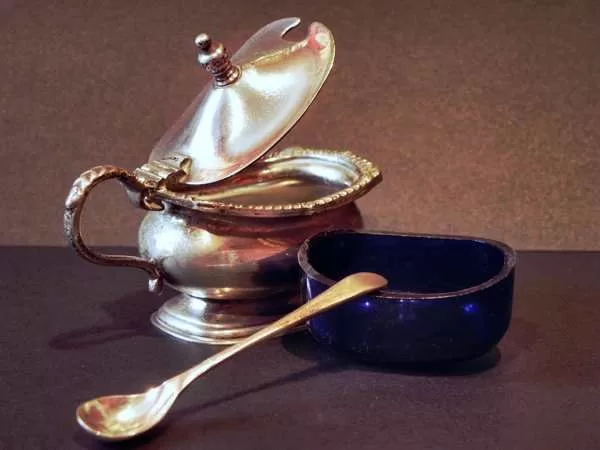The humble mustard seed, once revered by the Romans and embraced by medieval monks, has evolved into a culinary staple enjoyed worldwide. Let’s embark on a flavorful journey through the history of mustard, exploring its origins, cultural significance, and the various types available today.
Roman Roots and Medieval Monasteries:
The Romans were among the first to recognize the culinary potential of mustard seeds. They combined crushed mustard seeds with grape juice (mustum) to create a pungent condiment known as “mustum ardens” or “burning must.” This fiery concoction was later simplified to “mustard.”
Medieval monks, renowned for their agricultural expertise, cultivated mustard alongside their vineyards. The practice of growing mustard spread throughout Europe, and by the 13th century, it had become a popular condiment in England.
A Royal Endorsement: Colman’s Mustard
The 18th century marked a significant milestone in the history of mustard. Jeremiah Colman, a flour miller, established a mustard mill in Bawburgh, England, in 1814. Colman’s mustard quickly gained recognition for its superior quality and distinctive flavor. In 1855, the brand introduced its iconic bull’s head logo and yellow packaging.
A Royal Touch:
The Queen herself recognized the excellence of Colman’s mustard, granting the company a Royal Warrant in 1866. This prestigious endorsement solidified Colman’s reputation as a leading mustard producer.
Beyond the Basics: A World of Mustard
While English mustard, characterized by its bold flavor and robust texture, remains a classic, there are countless variations to explore. French mustard, often milder and creamier, pairs well with vinaigrettes and charcuterie. German mustard, with its tangy and sweet notes, is a popular choice for sausages and grilled meats.
DIY Mustard: A Culinary Adventure
If you’re feeling adventurous, why not try making your own mustard? It’s surprisingly easy and allows you to customize the flavor to your liking. Experiment with different mustard seeds, spices, and vinegars to create a unique condiment that suits your palate.
Conclusion:
From its Roman roots to its royal endorsement, mustard has come a long way. Whether you prefer the classic English variety or the more nuanced flavors of French or German mustard, there’s a perfect mustard out there for every taste. So, the next time you reach for a jar of mustard, take a moment to appreciate its rich history and the culinary delights it brings to the table.

